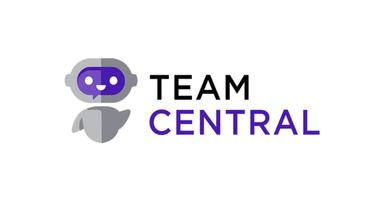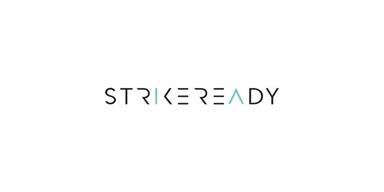Google Removing Chrome Browser from ChromeOS - Updates

In a strategic move, Google is reportedly in the final stages of separating the Chrome browser from ChromeOS on its Chromebooks, and it has chosen Linux as a critical element to facilitate this transformation.
This development has been in progress since around 2020 when tech enthusiasts spotted alterations in the code that hinted at Google's intention to introduce a new browser called 'Lacros' to replace the current Chrome browser as the default Chromebook option.
Fast forward three years and the Lacros project might be edging closer to completion. Recent reports suggest that Lacros is now ready for mainstream deployment.
According to insights from About Chromebooks, changes in the ChromeOS codebase strongly imply that the transition to Lacros could commence alongside the launch of ChromeOS 116.
Currently, users of older ChromeOS versions must manually enable two experimental flags to access and use the Lacros browser. However, indications from documentation related to ChromeOS 116 point towards a forthcoming change.
Also Read, What is Windows S Mode and Should I Disable It
With the widespread availability of ChromeOS 116, the browser may be automatically enabled as the default, eliminating the need for users to toggle the flags manually.
The report further highlights that ChromeOS 116 beta contains numerous references to Lacros. Notably, in this operating system iteration, setting the new browser as the default is no longer a user-configurable option, as one of the required flags has been removed.
While this adjustment might merely signify a tidying up of Lacros-related elements before the official launch, it could also signify Google's steady approach towards phasing out the traditional Chrome browser in favor of Lacros within the upcoming version of ChromeOS.
For those curious about Lacros, it represents a Linux variant of the Chrome browser, boasting enhanced Wayland support. Google's official documentation explains that Lacros stands for 'Linux And Chrome OS.' Its purpose is to offer users a consistent experience akin to running Chrome on a conventional Chromebook.
Transitioning from Chrome to Lacros as the default browser on Chromebooks is a strategic maneuver for Google. This change could streamline the update process, thereby facilitating the deployment of browser patches.
Currently, any modifications to the browser necessitate a complete ChromeOS update, which could be more efficient and pose a challenge when addressing critical browser vulnerabilities that require immediate patching. The introduction of Lacros is set to simplify this process, ultimately leading to smoother update experiences in future ChromeOS iterations.
Also Read, Windows 11 Install: Bloatware-Free Secret Trick
Google's decision to separate the Chrome browser and ChromeOS on Chromebooks using Linux showcases the company's commitment to innovation and efficiency. The anticipated launch of Lacros as the default browser has the potential to revolutionize the update process and enhance user experiences on Chromebooks.
Business News
Bring Your Own Device: Meaning and Financial Advantages
Making Weather Programmable: How Retrospective Climate Data Fits into Modern Tech Stacks
How Fashionphile Founder Built a Luxury Resale Empire from eBay to Millions
How Executives Can De-Risk Payment Operations in Regulated Industries
Why Your Engine Air Filter Plays a Bigger Role Than You Think




















